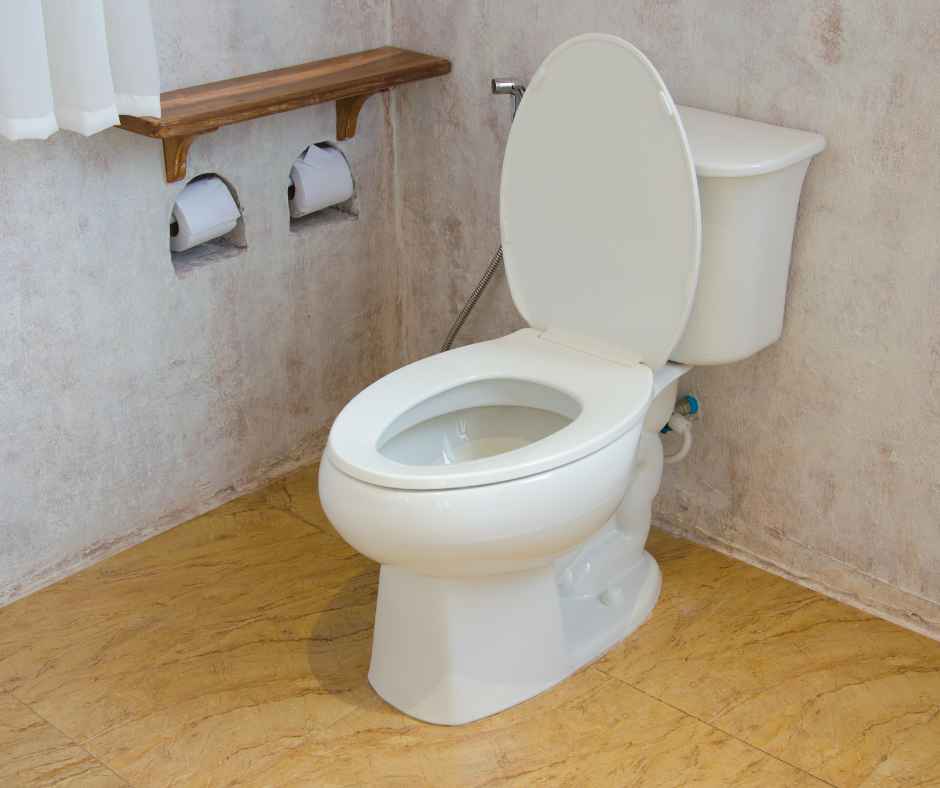the East Side & Beyond!
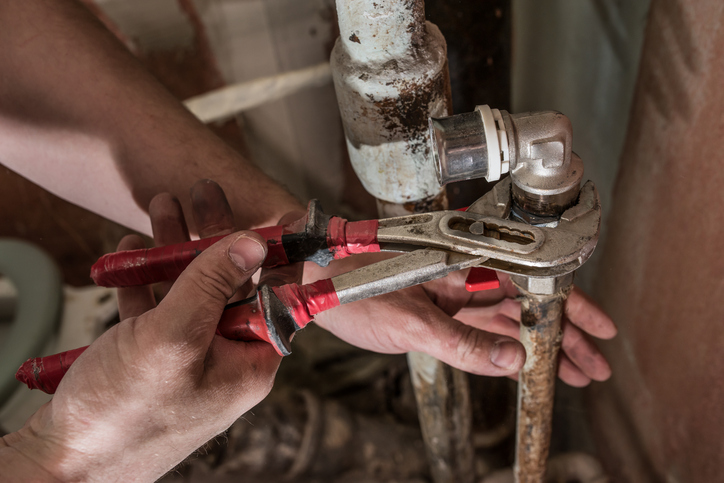
When Is It Time to Re-Pipe My House?
May 15, 2018
It’s time for bed, so you go into the bathroom and run the faucet to start brushing your teeth. You allow the water to run for a little bit to get it to a warmer temperature so you can rinse and soften your toothbrush. The water continues to flow while you stand there looking in the mirror brushing your teeth. Once you finish brushing you do the last rinse and abruptly turn off the faucet. Immediately your slamming down of the faucet handle is met with a loud THUD as you begin to hear your pipes creaking and making noise. You try not to worry or get freaked out since you are about to go to bed. The next morning comes early and your mouth is left feeling dry and thirsty. You head to your kitchen faucet to fill up a glass of cold refreshing water and you are met with something much different. You notice a brown tint to your once clear water and see multiple little flakes floating around in your glass cup. The water no longer looks appealing and you quickly realize you have a problem.
Repairing the plumbing in your home can be a challenge to deal with, but it is often most beneficial to be left to a professional. However re-piping a home can be an unfortunate task that may need to take place and it’s always best to be sure, so here are a few signs that show re-piping is necessary:
-
Frequent leaks
Multiple leaks that are recurring within a short period of time may mean your pipes are corroded and need replacing. A leak can be detected visibly or there may be signs: when the water pressure changes, water bill goes up, or through the onset of mold or mildew. Leaking pipes can be the cause of different flaws in the system, too much pressure, or simply they are old. Leaks can pretty quickly do some major damage; a small puddle can lead to flooding causing major water damage. Each small leak in your home indicates that a full re-piping is approaching because after all, the original piping all came from the same era and the consistent water patterns will eventually wear out multiple places in your water lines. Upgrading may be necessary to prevent any extra or continued damage.
-
Older home
When a home is more than forty years old it is likely the pipes are just as old and deterioration has started setting in. Thirty years is an average lifespan for most pipes depending on the maintenance and care they endured throughout the years. If you have an older home it is wise to check annually at any exposed pipes, for any warning signs that could lead to trouble.
-
Corrosion and rust
Corrosion leads to leaks. However, there are some telltale signs that corrosion is among you. Corroding pipes consist of a blue-green tint on the copper piping, along with possible rust, flaking, dimpling, or discoloration. If you have been away from your home for some time and water has been sitting in the lines for a while check the water appearance. If it appears brown or yellow then it’s an indicator that there are rust and decay within your piping system. Rust not only changes the purity and appearance of water but it also can wear down the pipes over time causing them to grow weaker and more likely to leak or break. Re-piping is necessary when there is evidence of corrosion and rust. However, if you notice the rusty water only comes out when the hot water is on then there may be cause to believe the rust is coming from your water heater rather than the pipes.
-
Lead or polybutylene pipes
The two types of water piping that need a replacement immediately are lead and polybutylene pipes no matter the age. Lead pipes came from a different era, they were used during the early 1900s and have a great life expectancy of about 100 years. However, they are susceptible to lead leaching into your drinking water causing serious health risks. Lead pipes contaminate water causing it to become toxic and hazardous. Polybutylene pipes were placed in homes between 1970s and 1990s as a cheaper and more flexible option. However, because they were classified as a cheaper material they had poor quality and tend to be more prone to breakage. Therefore leading to possible flooding and major water damage in your home. It is strongly suggested that if your home has either one of these piping systems repiping is an important step to take.
-
Poor performance
When your pipes are not performing well and you notice low water pressure, fluctuations in your water temperature or noisy plumbing these are all signs that repiping and replacement may be necessary. When rust and corrosion occur it can cause residue to build up leaving the water more restricted effecting water flow. This residue can get trapped in an anti-scalding device that helps regulate the temperature, which results in a drastic change in the heat of the water. When your plumbing is making a lot of noise such as creaks, thumps and bumps sounds then the corrosion and water pressure changes are affecting the lines and are in need of replacement.
If any of these signs occur within your home it is best to call a professional, (425) 228-3204, and see if re-piping is the most beneficial step to help ensure there won’t be reoccurring or continued damage to your home.
Recent News
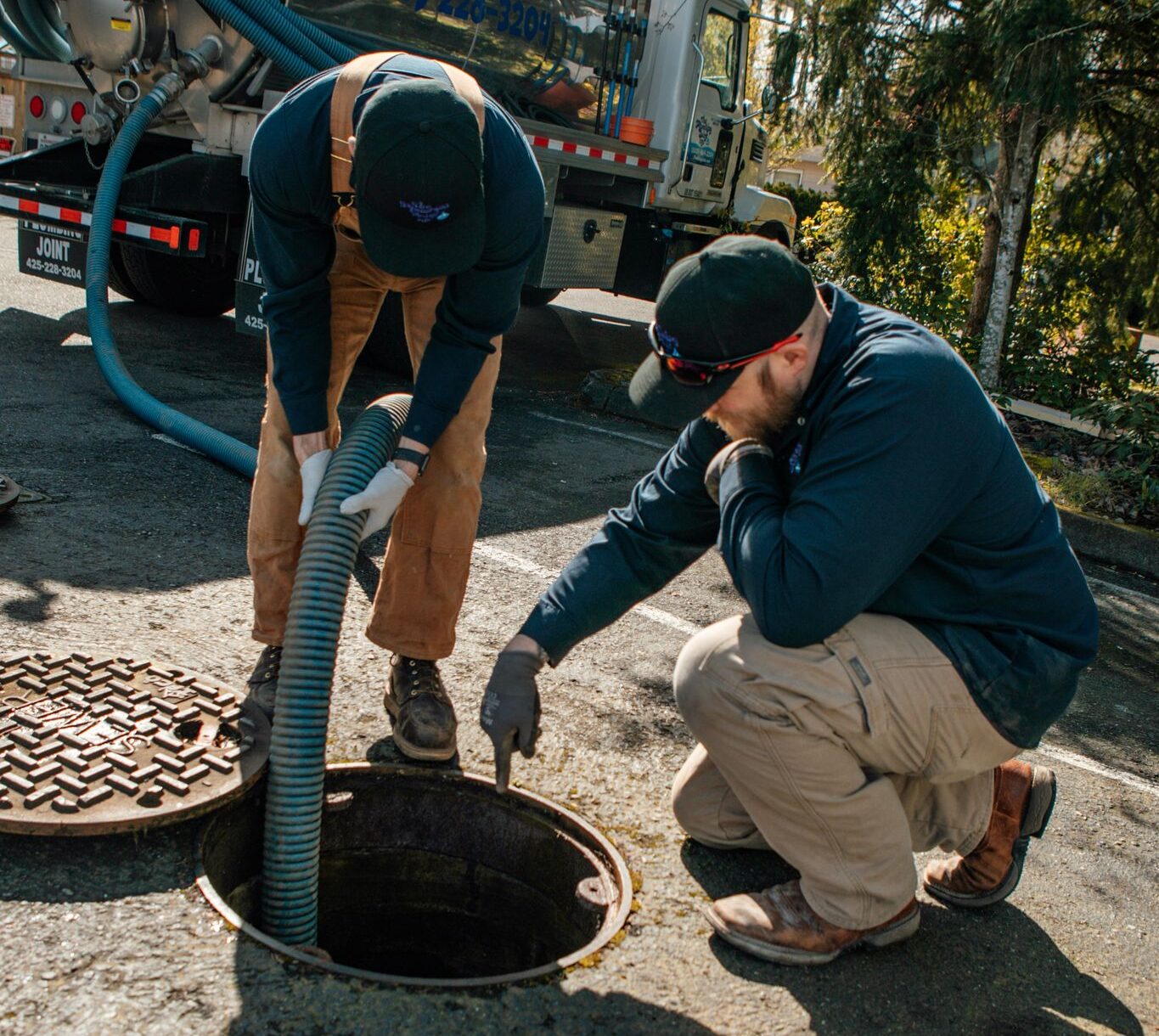
How To Spring Ahead of Plumbing Issues
March 11, 2025
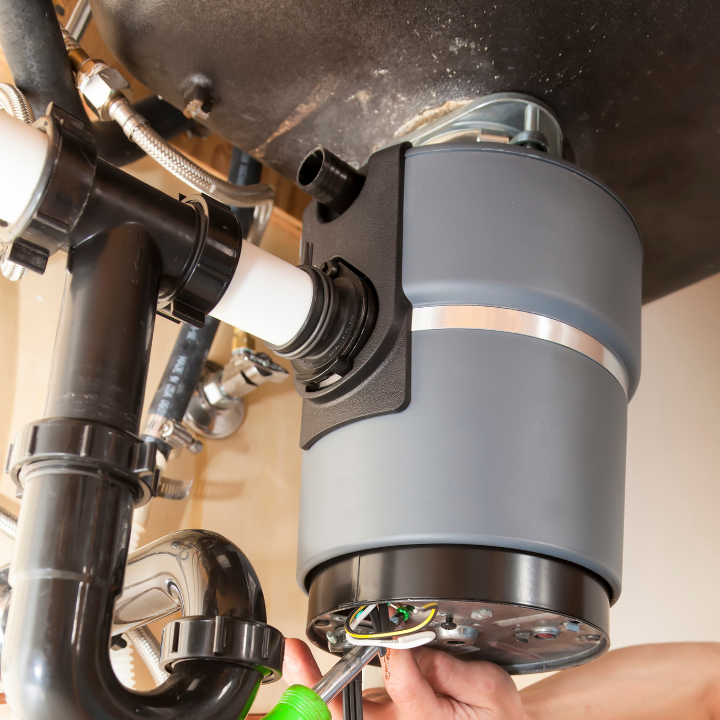
Help! My Garbage Disposal Is Humming But Not Working
February 7, 2025
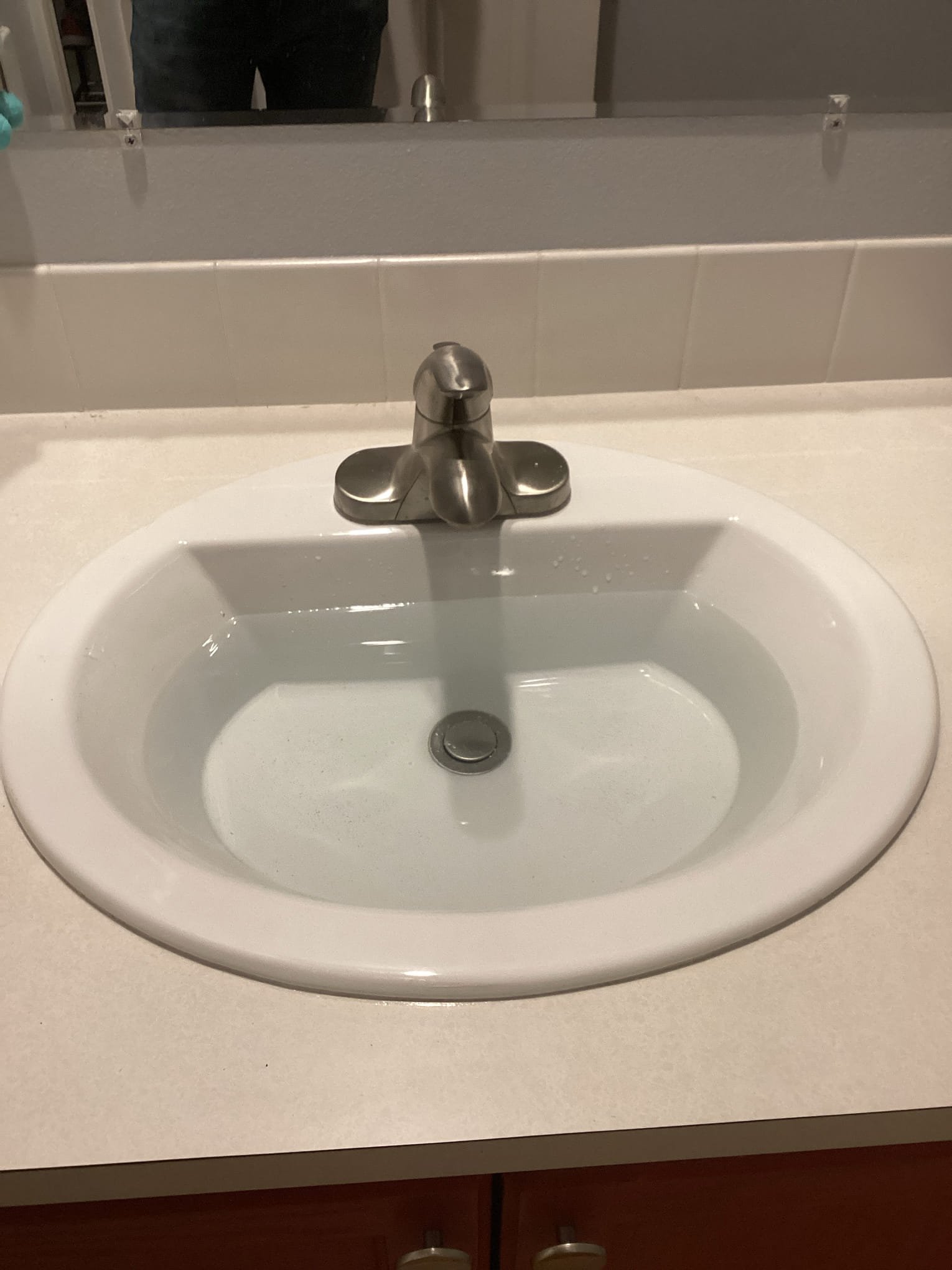
Why Does My Sink Gurgle?
January 10, 2025
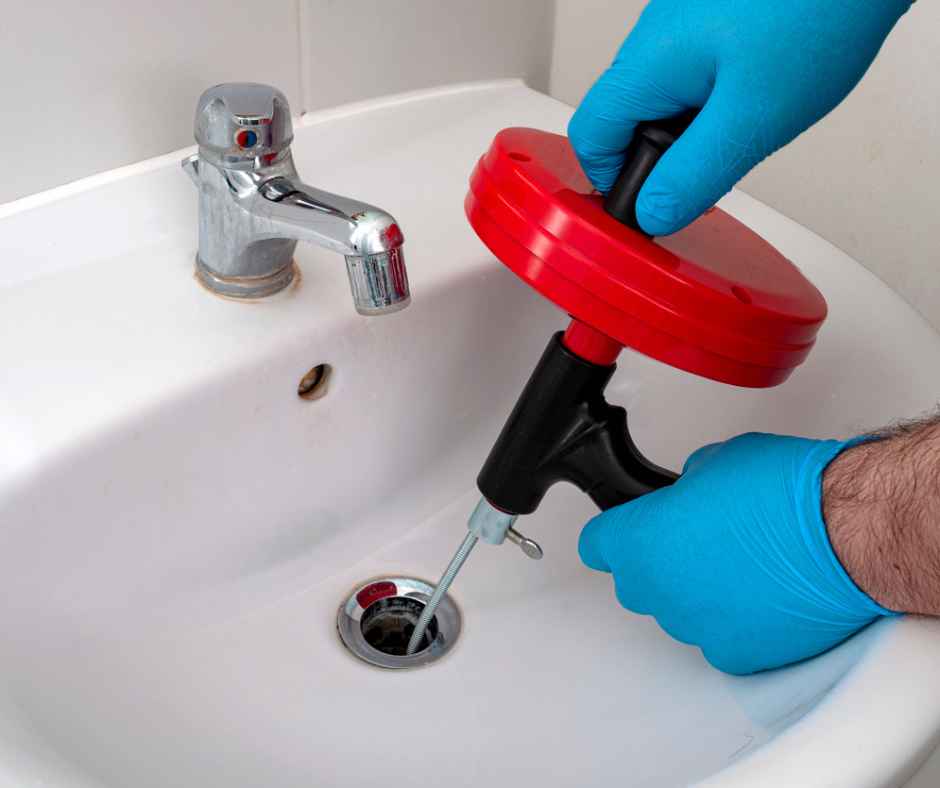
How to Use a Plumbing Snake
December 13, 2024
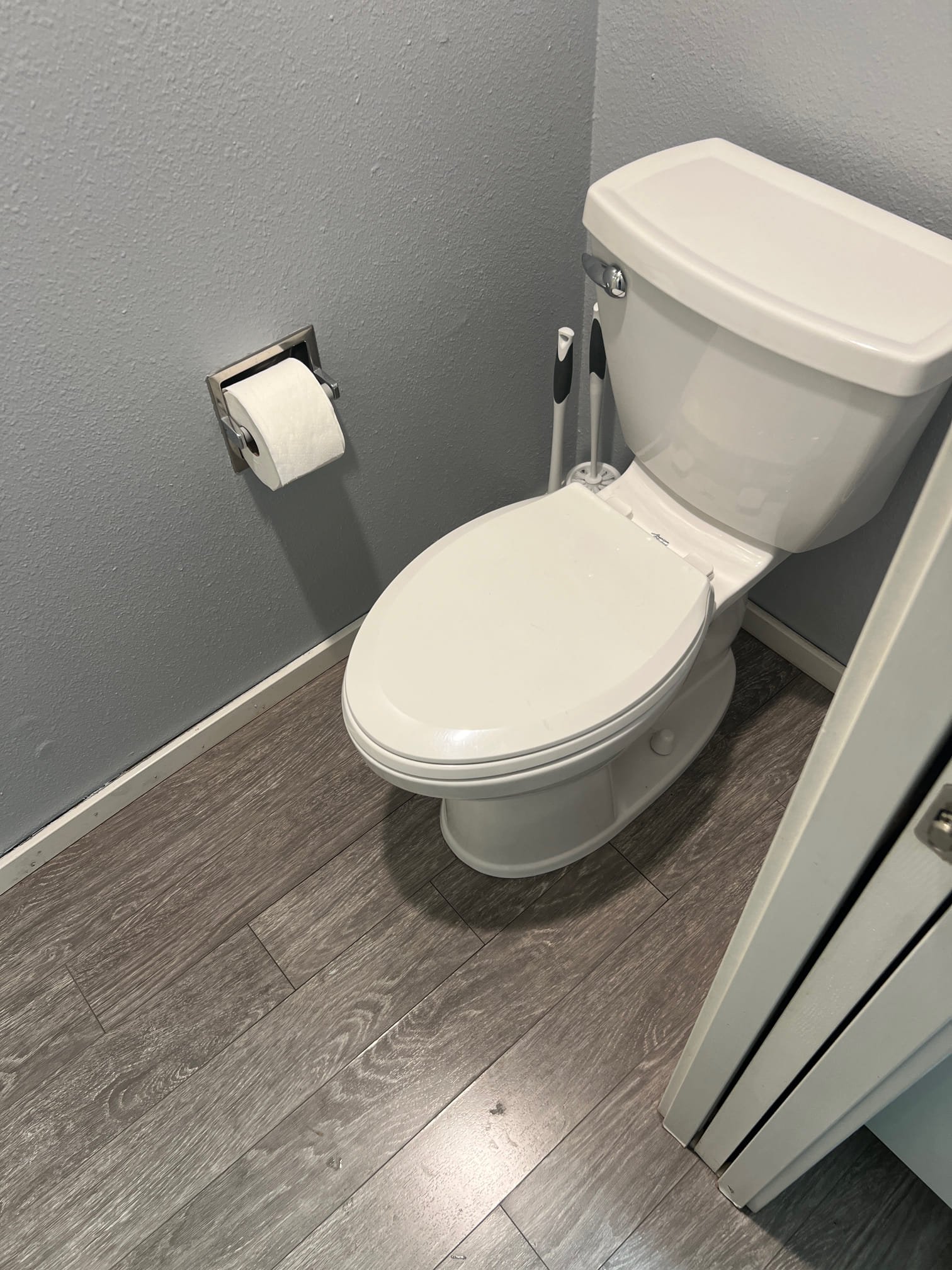
Toilet Sounds And What They Mean
November 7, 2024
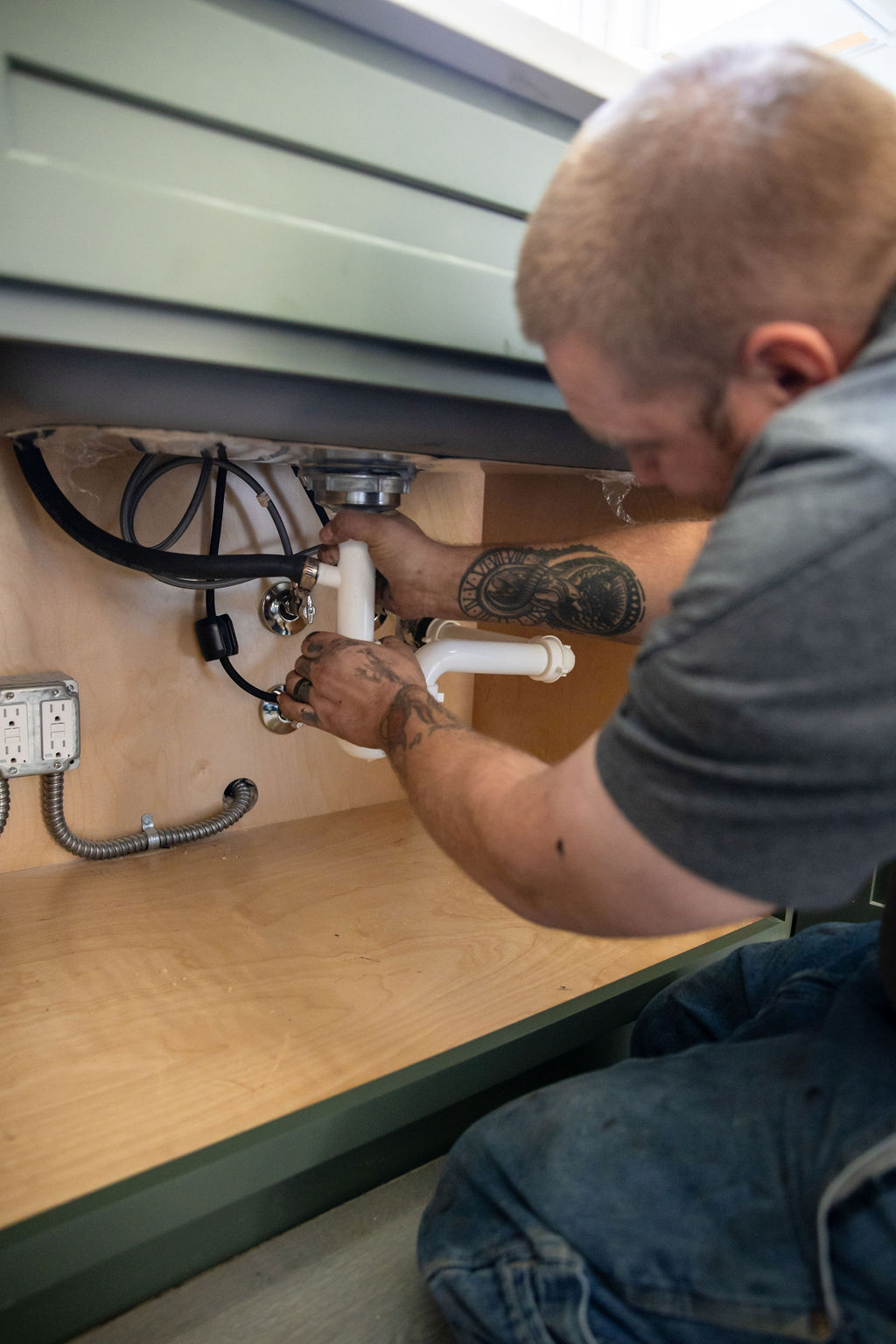
I Have Knocking Pipes When Water Is Not Running – Why?
October 10, 2024
